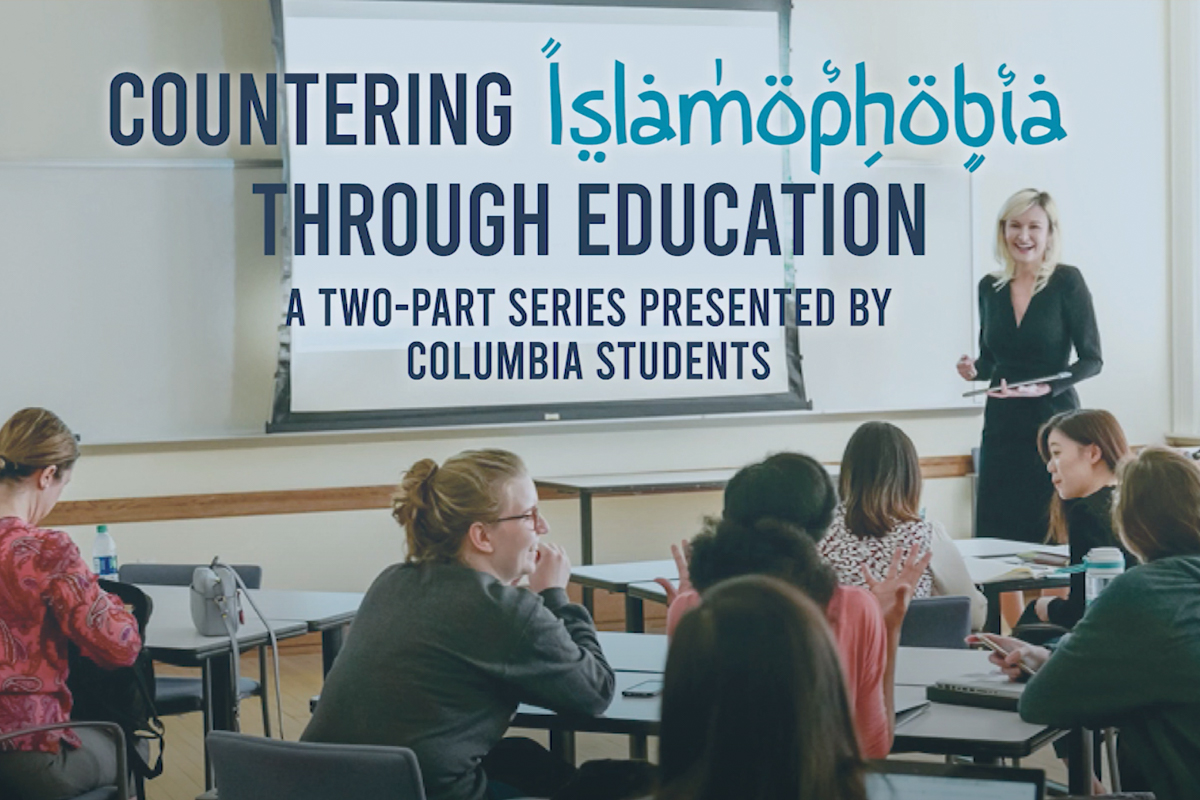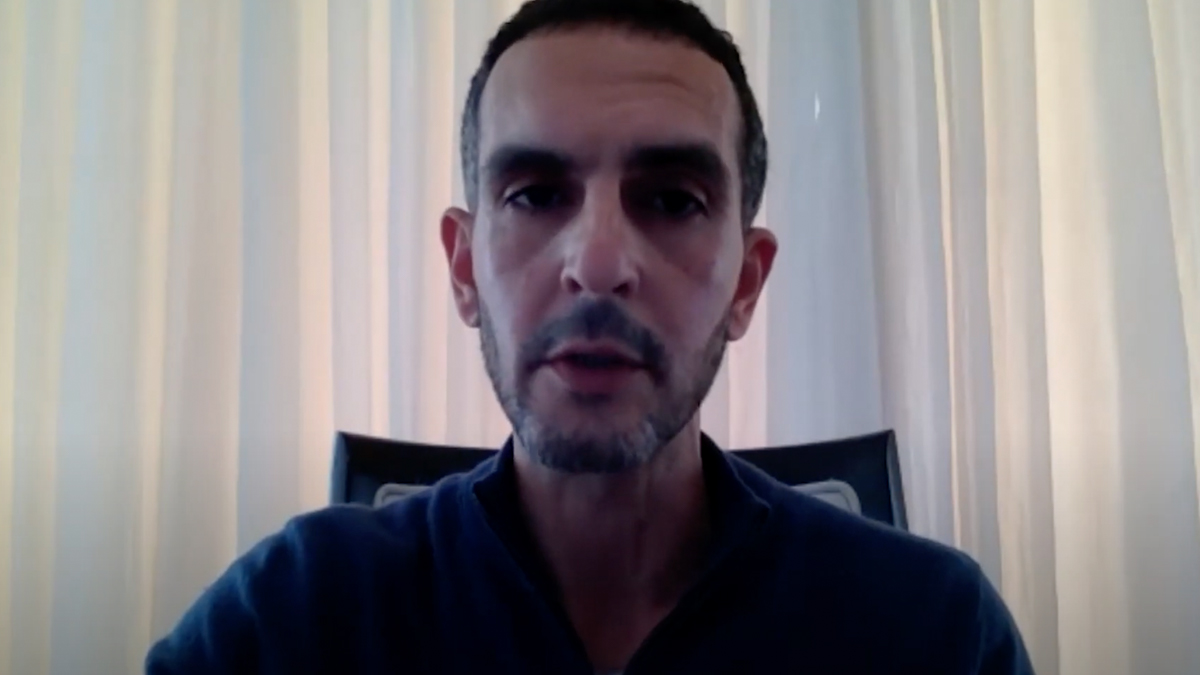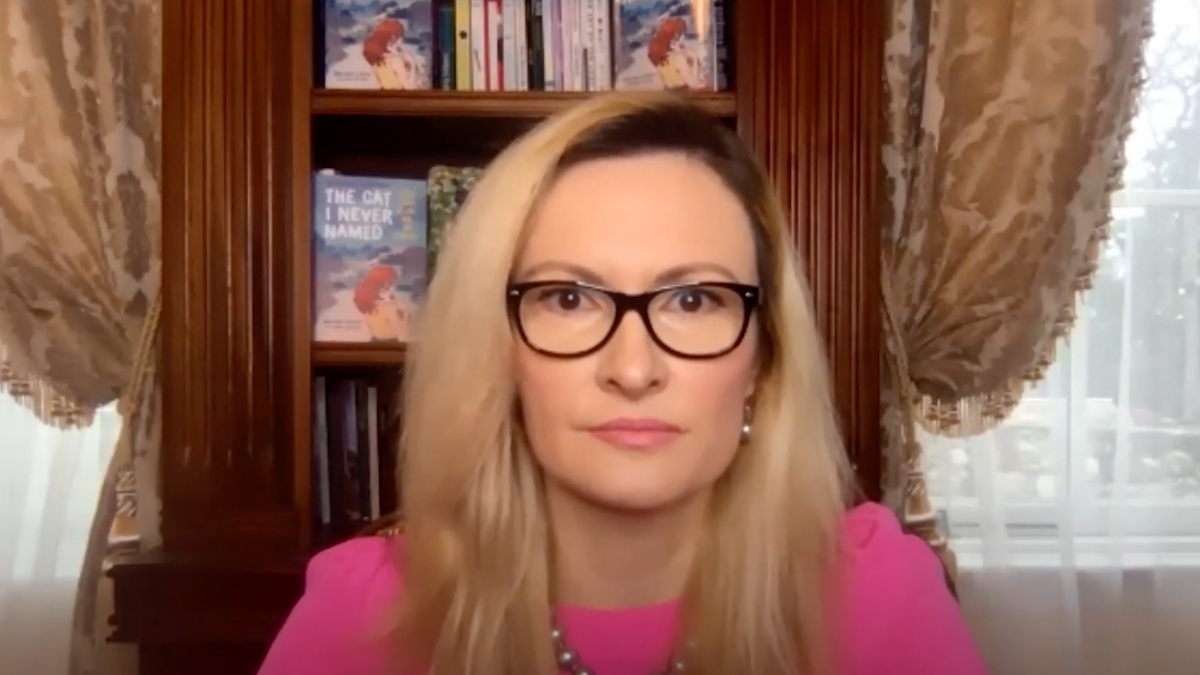“We live in a very racist country and each group experiences racism in different ways. But the identity of Muslims is politicized more than that of any other group. A Muslim living in the U.S. is only a Muslim to a lot of other U.S. citizens. And that feeling feeds the fear and the perception of Muslims as being the enemy.”
The speaker was Rachel Karnoff, a master’s degree student in Teachers College’s International Education Development Program, who this past fall took “Islam, Education and Radicalization” — a course taught by Amra Sabic-El-Rayess, Associate Professor of Practice in TC’s Department of Education Policy & Social Analysis. The class examines the causes of radicalization along with measures to slow its spread, particularly among youth.
Diverse Perspectives
Five of the student speakers from the recent presentations on Islamophobia
Sabic-El-Rayess, a Muslim who survived genocide in Bosnia and Herzegovina, has written widely about the dangers of Muslim youth becoming radicalized in societies that fear and marginalize them. [Read opinion pieces by Sabic-El-Rayess on this topic that appeared in Al Jazeera in 2020 and The Huffington Post in 2016. Islamophobia is also a major focus of Sabic-El-Rayess’s recent memoir, The Cat I Never Named: A True Story of Love, War and Survival (Bloomsbury 2020).] But in late December, it was her students who addressed the topic, and their focus was on the United States and other Western contexts.
A Muslim living in the U.S. is only a Muslim to a lot of other U.S. citizens. And that feeling feeds the fear and the perception of Muslims as being the enemy.
—Rachel Karnoff, master's degree student, International Education Development
Sabic-El-Rayess says she wanted to “empower my students by having them lead a global conversation on ways to counter Islamophobia, and once again, TC students came together and showed that they are up to the task.” The students were tasked with designing new solutions to address anti-Muslim racism in our schools and classrooms. Their two-part virtual series, “Countering Islamophobia Through Education,” presented in conjunction with the Columbia University Global Centers, the Harriman Institute and Middle East Institute on Zoom and Facebook Live, drew an audience of over 600. The archived presentations, posted on Facebook, have garnered another 3,400 views. One of the sessions was extended by 45 minutes because of the engagement from the audience.
More specifically, Sabic-El-Rayess’s students spoke about curriculum development, classroom practices and parental education to mitigate Islamophobia.
International Education Development student Raksha Sule called on parents to debunk Muslim stereotypes by instilling the importance of “tolerance, humility, connectivity, empathy and unity” at home.
The incorporation of Islam into mainstream education shouldn’t focus merely on religion. Islam is more than a religion — it’s a civilization and it’s a culture.
—Ayelet Hillel, master's degree student, Economics & Education
Economics & Education master’s degree student Ayelet Hillel meanwhile argued that “the incorporation of Islam into mainstream education shouldn’t focus merely on religion. Islam is more than a religion — it’s a civilization and it’s a culture. That is why Islam should be highlighted in diverse fields such as science and literature.”
International Education Development student Joti Ghani suggested that “the onus is on teachers to find role models that students can relate to and perhaps look up to.”
Integrating Islam as a faith among many serves to embrace, without othering, this faith in our discourse and pedagogy.
—Vikramaditya Joshi, doctoral candidate, Philosophy & Education
And Philosophy & Education doctoral candidate Vikramaditya Joshi said that curriculum designed to deepen understanding must emphasize Islam’s connection with other religions.
Prayer, Joshi noted, is “a shared practice within your faith. Whether you are a Muslim student or a Jewish student or a Christian student you recognize the ritual as shared and therefore integrating Islam as a faith among many serves to embrace, without othering, this faith in our discourse and pedagogy.”


